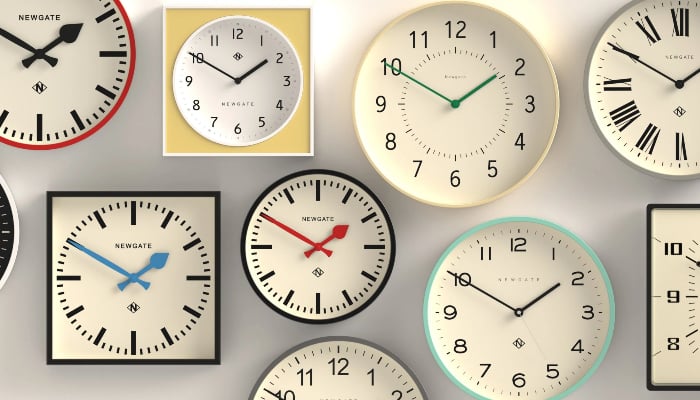
The invention of railroads not only revolutionized traveling but also human understanding of time.
According to BBC, in November 1883, the railroad companies of the United States and Canada created time zones for both countries and pioneered the concept of time zones in the world.
For thousands of years, people used to tell time by looking at the position of the sun, and “high noon” was determined when the sun was highest in the sky. After the invention of manual clocks, every town used to set its clocks based on the position of the sun, which means every town has a different time zone.
This practice continued till the 1800s, when only North America used to have at least 144 different time zones, but then the train arrived and people started traveling out of town. The long-distance travel highlighted the need for a standard time zone.
As per Jon Goldman, curator at the B&O Railroad Museum, when trains became popular in the US and Canada, time coordination became necessary for safety. A unified time system became crucial to prevent accidents and delays.
Goldman explained, “The existence of different local time zones created major problems for the railroad. At best, people might miss their train; at worst, trains were more likely to collide when using a single track."
Then in 1847, UK railway companies introduced a single, unified time called “Railway Time.” Later in 1880, the UK became the first country to have standardized time, which is now known as Greenwich Mean Time.












